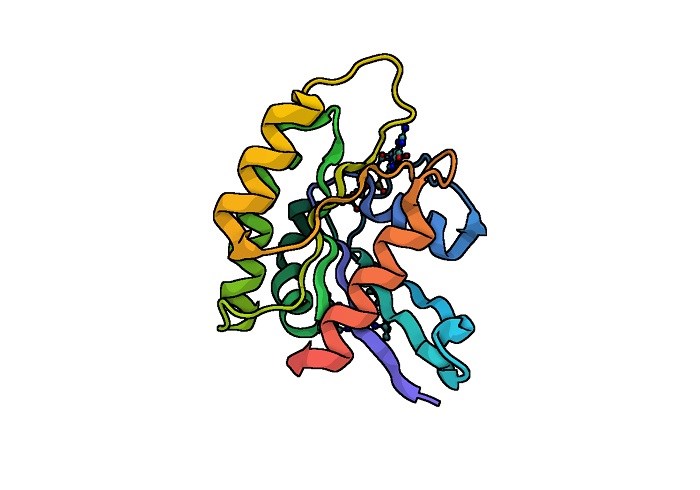SickKids researchers re-engineer toxin to attack previously “undruggable” cancer target
Summary:
Researchers have developed a novel anti-cancer drug protein, which could lead to the development of future therapies for what was previously considered an “undruggable” target.
Researchers at The Hospital for Sick Children (SickKids) and Northwestern University have developed a novel anti-cancer drug protein based on diphtheria toxin, and used it to slow the growth of human breast and colon cancer in the lab, which could lead to the development of future therapies for what was previously considered an “undruggable” target. The study, published in the July 2 online edition of Proceedings of the National Academy of Sciences (PNAS).
The protein, developed by SickKids researcher and the study’s co-senior author Dr. Roman Melnyk and his team, targets RAS – a signalling protein implicated in up to a third of all human cancers. Despite decades of effort by numerous academics and pharmaceutical companies, there are no anti-RAS drugs approved for human use, leading many to assume that this important target is “undruggable.” But while anti-RAS drugs have so far eluded scientists, certain bacteria have evolved enzymes that efficiently inhibit RAS. One of these enzymes, discovered in 2015 by Dr. Karla Satchell at Northwestern University, is a particularly efficient RAS inhibitor.

“The biggest challenge with these RAS inhibiting enzymes – like most protein drugs – is that they can’t get into cells where the RAS proteins reside," says Dr. Greg Beilhartz, Senior Research Associate in Melnyk’s lab and co-author of the study.
This problem of getting protein-based drugs into cells has been a focus of Melnyk’s research. His team’s unique solution also comes from the world of bacteria, or more specifically, bacterial toxins.
“Potent toxins, such as diphtheria toxin, have evolved sophisticated ways of delivering proteins into human cells. The approach we took was to repurpose the powerful cell-penetrating properties of diphtheria toxin to deliver a therapeutic enzyme into cells,” says Melnyk, Senior Scientist in the Molecular Medicine program at SickKids and Associate Professor in the Department of Biochemistry at the University of Toronto.

Melnyk’s group biochemically re-engineered diphtheria toxin to include the RAS-inhibiting enzyme. The result is a drug capable of recognizing specific proteins that decorate the surface of tumour cells – called receptors – and then delivering the anti-RAS enzyme across the cell membrane, where it shuts off RAS. This ability to specifically target cancer cells via their surface receptors is important to prevent unwanted side-effects of the protein, according to Beilhartz.
“RAS is an important protein for cancer as many tumours heavily rely on it for growth and survival. The flip side is that the healthy cells in our body rely on RAS as well, so the key is to get the drug to focus its attention on tumours and ignore healthy cells. I think this is a real strength of our approach.”
In collaboration with Satchell at Northwestern, Melnyk and his team demonstrated that their new fusion toxin was able to slow the growth of tumours in the lab and, in some cases, even reverse it.
While the current version of the drug has a preference for cancer cells, Melnyk is hopeful the team will be able to change its receptor preference, allowing it to further discriminate between cancer cells and healthy cells. The better the drug can target cancer cells specifically, the safer it will be.
“We’re investigating several ways of improving the drug’s specificity,” says Melnyk. “We think this could lead to an exciting new modality of cancer treatment.”
While human trials are still years away, the “undruggable” RAS might not remain so.
This work was funded by the Lynn Sage Cancer Research Foundation, Northwestern University Clinical and Translational Sciences, the Northwestern Medicine Catalyst Fund, the Robert H. Lurie Comprehensive Cancer Research Center, the National Institutes of Health (NIH) , the Avon Breast Cancer Foundation, the Zell Family Foundation, the Chicago Biomedical Consortium, the Searle Funds at The Chicago Community Trust, the SickKids Proof-of-Principal Funding, the Canadian Institutes of Health Research (CIHR), the PanCan/FNLCR Fellowship, the SickKids Restracomp Fellowship, and SickKids Foundation.

